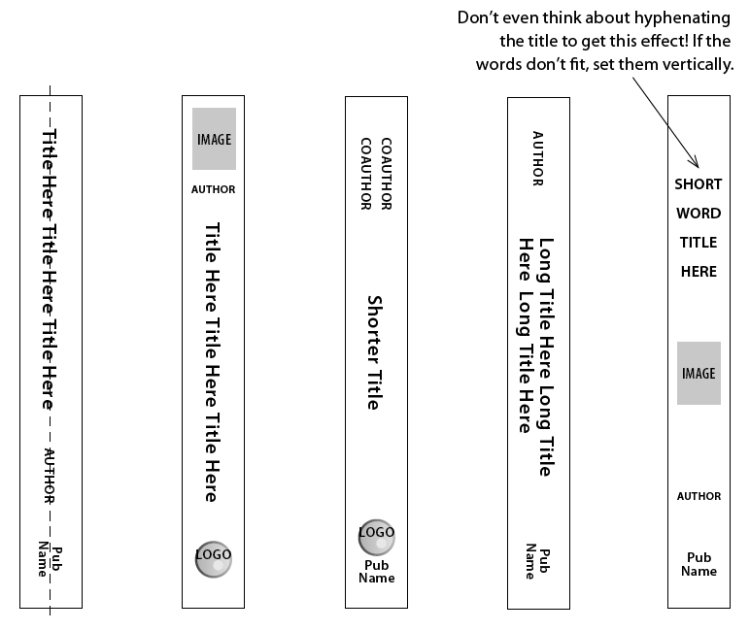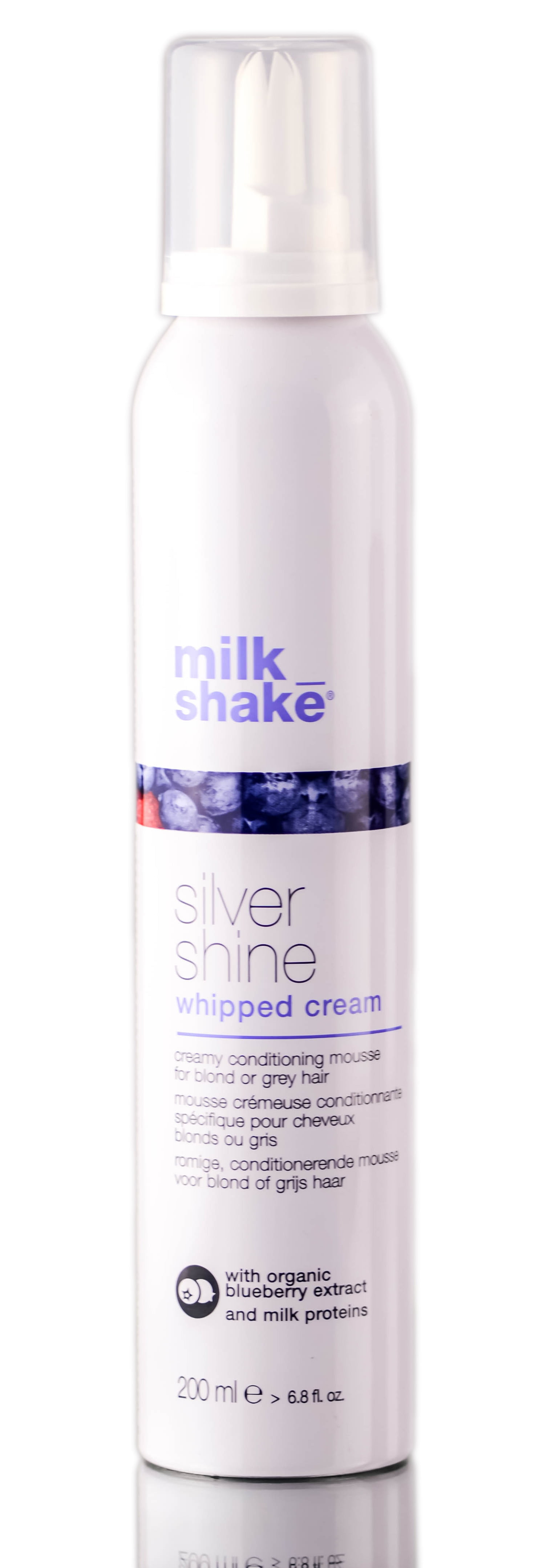Table Of Content

You can hire a professional designer or try your hand at designing it yourself. Whatever you do, make sure your book spine is designed with care and thoughtfulness. After all, it’s the first thing a reader will see, setting the tone for the entire book. The design of a book spine demands careful consideration to ensure it captures the attention of potential readers. Font choice is a critical component; it should be clear, legible, and distinctive. While decorative fonts can add a unique flair to the spine, it’s essential to prioritize readability.
Don’t overload the space
Before designing a spine cover, do a little background research. You only have a thin rectangular canvas to place the author’s name, book title, and publisher’s name, all the while creating a unique design to catch the buyer’s attention. In this article, you will learn how great spine design works and how to create one for your new book.
Contents
Myelogram/CT reveals all of these conditions plus it gives information about the bony anatomy of the region. Stenosis is usually a degenerative process in which the spinal canal narrows, causing compression of the spinal cord and nerve roots. Through wear and tear with aging, bony ridges (osteophytes) develop on the vertebral bodies adjacent to the areas of motion at the intervertebral discs. Secondly, you might be lucky enough to get your book included in the display table – in which case, your book faces upwards. This means that your front cover does the selling, and the spine copy needs to be the right side up (not upside-down). Don’t add too many words to your spine; it’ll deaden the impact.
Books Written By Paulo Coelho: Must-Read Books By The Author

This approach to thin spines is particularly important for authors and self-publishers who aim to maintain a clean, professional look across their publications. It recognizes the practical limitations of spine design and prioritizes the overall aesthetic and readability of the book. The back cover layout for this Penguin publication, How to Survive the End of the World as We Know It, doesn’t strive for flash or sophistication. Instead, it draws the eye to critical pieces of information in a functional, utilitarian way. The areas of greatest dark/bright contrast are the key points of focus, which creates a back cover that provides the reader many reasons to buy the book.
Book Spine Breakdown: Unpacking the Essentials
Text is a classic, easy-to-read typeface with plenty of contrast between the letters and the background. Each blurb and its corresponding author have equal spacing between their lines. The quotes are in bold and the author’s names are in italics. These efforts help separate the quotes from one another and make them easy to identify. It may not work in all cases but is a good idea to place a summary or table of contents of a bulky book on the spine cover in a fancy style when there is enough space for this. Reconsider, what the content of the book will convey to its reader.
What tools and resources are useful when designing a book spine?
Fake Books Are a Real Home Décor Trend - The New York Times
Fake Books Are a Real Home Décor Trend.
Posted: Fri, 28 Apr 2023 07:00:00 GMT [source]
For books ranging between 40 to 60 pages, the spine is often too thin to effectively accommodate text. In such cases, adding text to the spine is not advisable, as it becomes nearly impossible to read and can give the book a cluttered or unprofessional appearance. Best practices in spine design include allowing for a ‘bleed’ area, where no critical design elements or text are placed.

Is the Back Cover of My Book Important: A Breakdown of Back Cover Elements
Have you ever picked up a book from a shelf and been drawn to it instantly? Chances are, the book spine played a big role in catching your eye. They’re the part of a book we look at the most as it sits on our shelves, but often get overshadowed by the cover.
How to Calculate the Thickness of the Spine
However, if you have a print book, the spine is what people will see when your book is shelved in a bookstore. Because of this, the design of your book’s spine should be as attractive as possible while still sharing the necessary information. The front and back size covers usually have standard measures. But the spine size depends on the page count, paper type, and cover material. Moreover, if you decide to add acknowledgments or opening remarks at the last minute, you must also change the spine size.
The 78 Best Book Covers of 2019 ‹ Literary Hub - Literary Hub
The 78 Best Book Covers of 2019 ‹ Literary Hub.
Posted: Mon, 25 Nov 2019 08:00:00 GMT [source]
Impact On Bookshelves and Reader Perception
Best book designers will recommend the best finish for your book. Self-published author, it’s important to take the time to craft a spine design that complements the cover and reflects the content of the book. However, some of these free apps only allow you to design the front cover, not the entire cover board, including the book spines. So, while they’ll help you with helpful illustrations and text layers, you may not be able to design the entire cover board.
Its design and information contribute significantly to the ease of finding and choosing a book, enhancing the reader’s experience from the very first glance. As with other elements of book cover design, you should use the same font / typeface on the back cover as you do on the front. If the title is in small caps on the front cover, for example, stay consistent and use small caps on the back. Once a reader has flipped the book over to read the back cover, it’s safe to assume you have their attention. While the front of the book cover design is primarily for getting attention and catching the eye, the back cover’s purpose should increase book sales, or the likelihood of a sale.
If you’d like to see some of these designs, check out the links at the end of this article. Another critical aspect is the positioning and sizing of the spine text. The text must be centered on the spine and sized so that there is at least an eighth of an inch margin on either side, allowing for any variations during the printing and binding process.
If you use your full name, you risk making the spine look cramped, depending on how long your name is. Usually, only the author’s last name is used, with some exceptions. Downloaded the template for downloaded but there’s something wrong with the .png file – can’t open it. These aren’t hard and fast rules, but if you don’t follow them and your spine runs over onto the front or back cover… well I kind of told you so. Make the type as large as you can while staying within the designated type area. The type should contrast with the background to boost visibility, too.
There’s a unique satisfaction in seeing a collection of books with cohesive and harmonious spines. Readers often form emotional connections with books; the spine is a tangible part of that connection. How book spine designs look and feel can evoke memories of the reading experience, making a lasting impression. Moreover, organizing and thoughtfully designing book spines naturally draw readers to shelves, sparking interest and encouraging exploration.
Are you a self-published author looking to design a book spine that stands out from the competition? Or perhaps you’re an online book printing service seeking to offer your clients a professional-looking finished product? Either way, crafting a unique and eye-catching spine is a crucial part of the book design process. The “spine” refers to the elongated rectangular area of a book’s cover that runs down between the front and the back cover pages and to which the interior pages — or “block” — are bound.

No comments:
Post a Comment